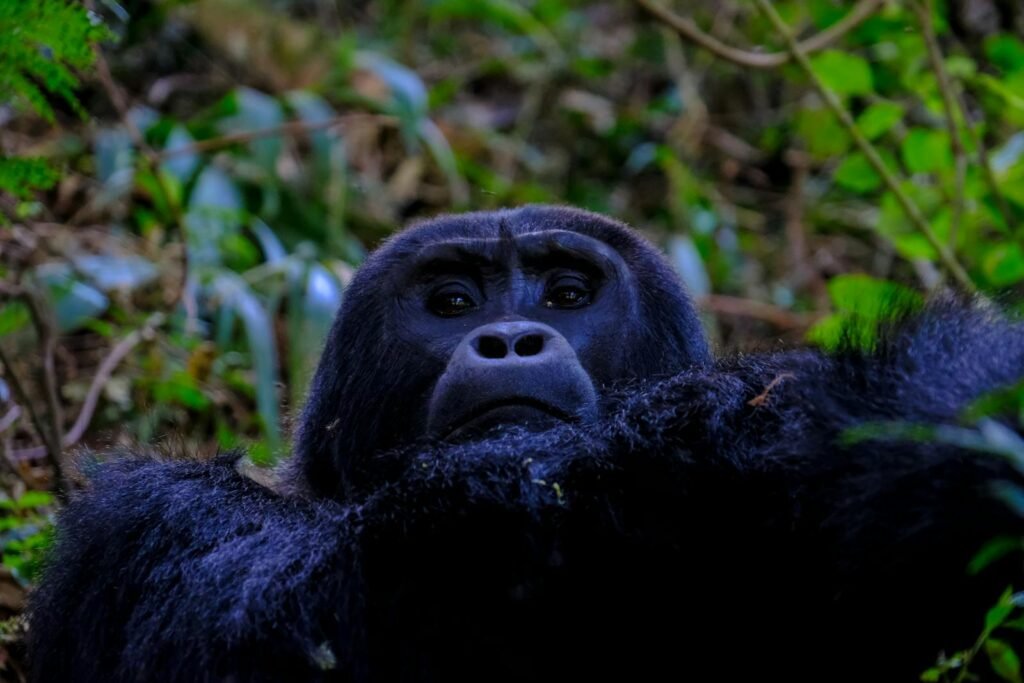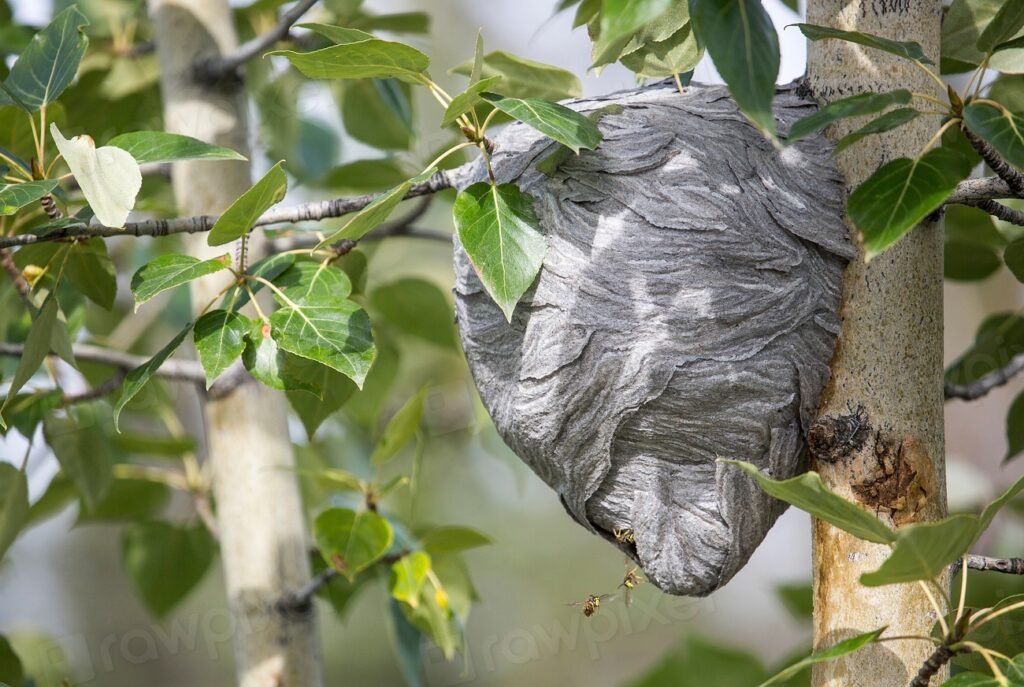Imagine standing in the heart of an Irish bog, the ground springy beneath your feet, wrapped in a hush broken only by the call of a curlew or the soft buzz of insects. Once thought of as wastelands, Ireland’s wetlands are actually treasure troves of rare and beautiful plant life, many of which are found nowhere else on Earth. But these lush, mysterious places are in danger—drained, trampled, and forgotten. Can we turn the tide and restore these green jewels, letting Ireland’s unique wetland plants bloom once more? The story of these plants isn’t just about nature—it’s about hope, resilience, and the wild heart of Ireland itself.
The Ancient Origins of Irish Wetlands
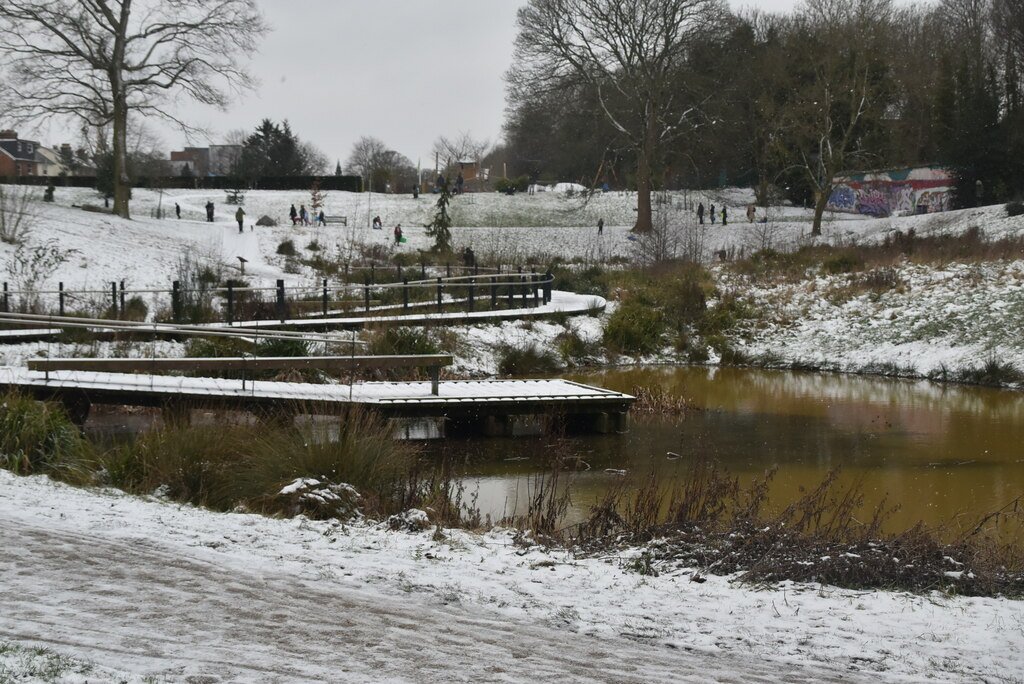
Ireland’s wetlands are living reminders of an ancient landscape, shaped over thousands of years by glaciers, rainfall, and the slow growth of peat moss. These bogs and fens are among Europe’s oldest habitats, sheltering plant communities that have survived since the last Ice Age. The constant presence of water creates conditions where only the hardiest species thrive—plants that have adapted to acidic soils, low nutrients, and a climate that swings from drenching rain to rare sunshine. In a way, every Irish wetland is a living museum, holding clues to the country’s deep ecological past and its ever-shifting present.
What Makes a Plant Endemic?
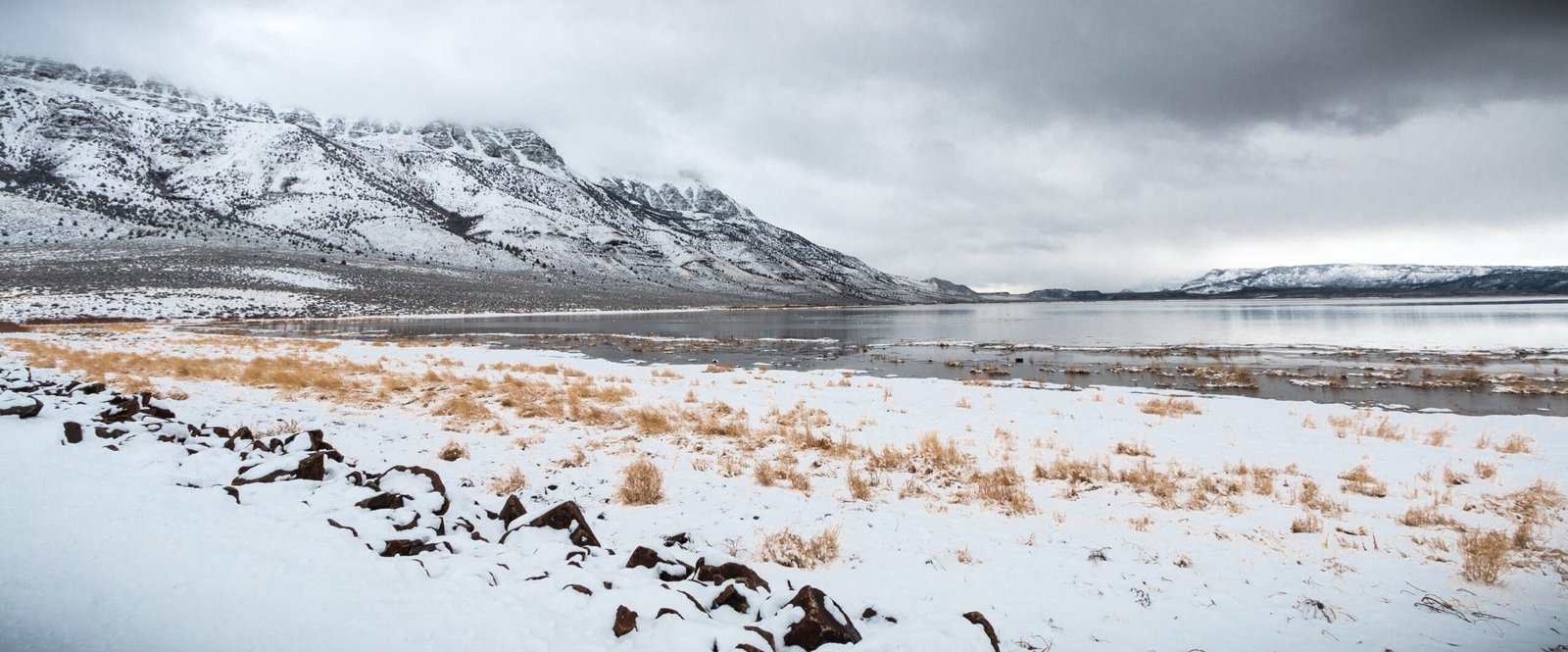
Endemic plants are those found only in a specific place—like a secret recipe passed down through generations. In Ireland’s wetlands, this means species that have evolved to fit perfectly into the boggy, watery environments and don’t exist anywhere else in the world. These plants may look humble, but they are survivors, having developed unique strategies to cope with soggy ground and nutrient-poor conditions. Their existence is both a wonder and a warning: lose their habitat, and they could disappear forever.
The Iconic Bog Cotton: A Whispering Flag
Bog cotton, with its soft, white tufts, sways like tiny flags across Irish marshes. It’s not actually cotton, but a sedge—a type of grass-like plant. In early summer, whole landscapes seem to glow with its downy plumes. Bog cotton isn’t just beautiful; it helps stabilize the delicate peat soil and provides nesting materials for birds. Watching it ripple in the wind, it’s easy to see why poets and painters have celebrated this plant for centuries.
The Mysterious Sundew: Nature’s Little Carnivore
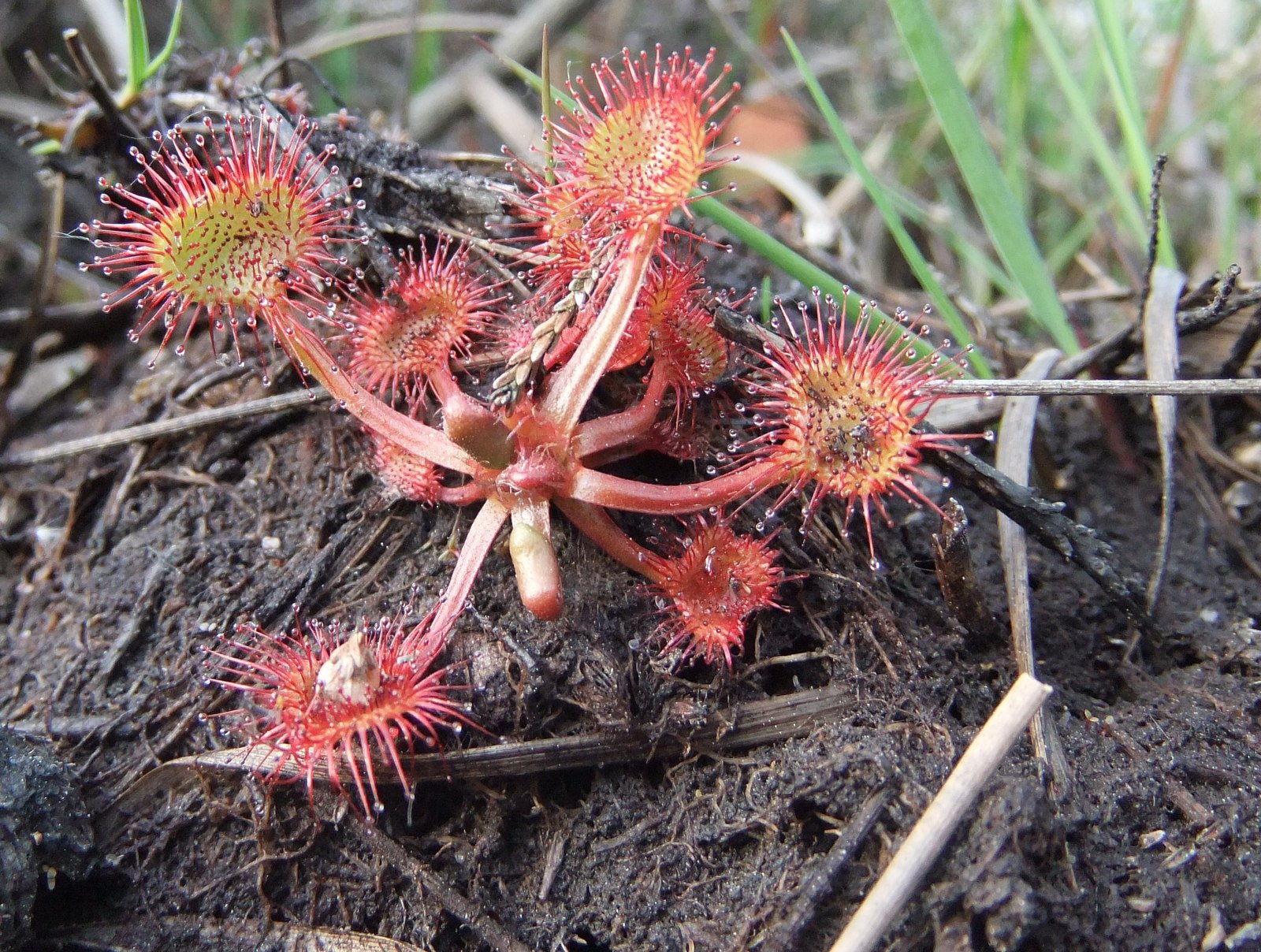
Hidden among the moss and heather, the sundew plant seems unassuming—until you look closer. Its leaves are covered in sticky, glistening droplets that lure, trap, and digest insects. This clever adaptation allows the sundew to thrive in nutrient-poor bogs where other plants struggle. The sundew’s ability to turn the tables and “eat” bugs instead of being eaten is a stunning example of nature’s inventiveness, and it adds a spark of drama to Ireland’s wetlands.
Marsh Saxifrage: A Rarity Worth Protecting
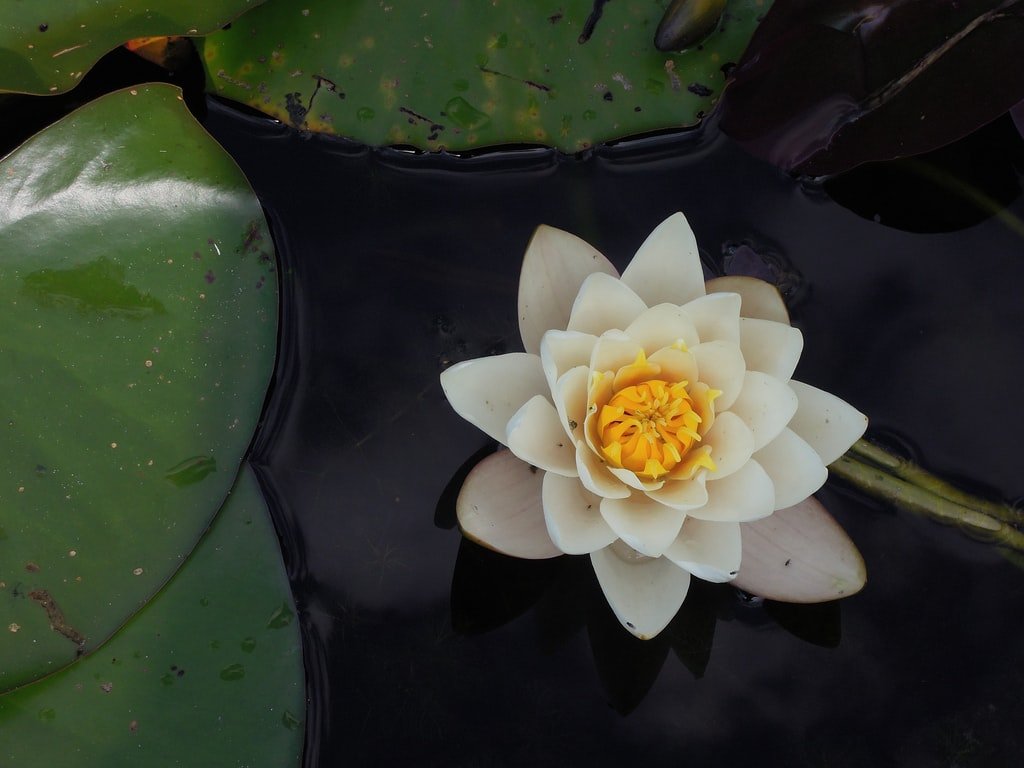
Marsh saxifrage is a true gem of the Irish wetlands, with delicate white flowers that bloom briefly in late spring. It’s one of the rarest plants in Ireland, found in only a handful of locations. This plant depends on very specific conditions—clean, unpolluted water and undisturbed bogs. Its scarcity makes it a symbol of what’s at stake: lose the wetlands, and we lose treasures like the marsh saxifrage forever.
The Role of Sphagnum Moss: Nature’s Living Sponge
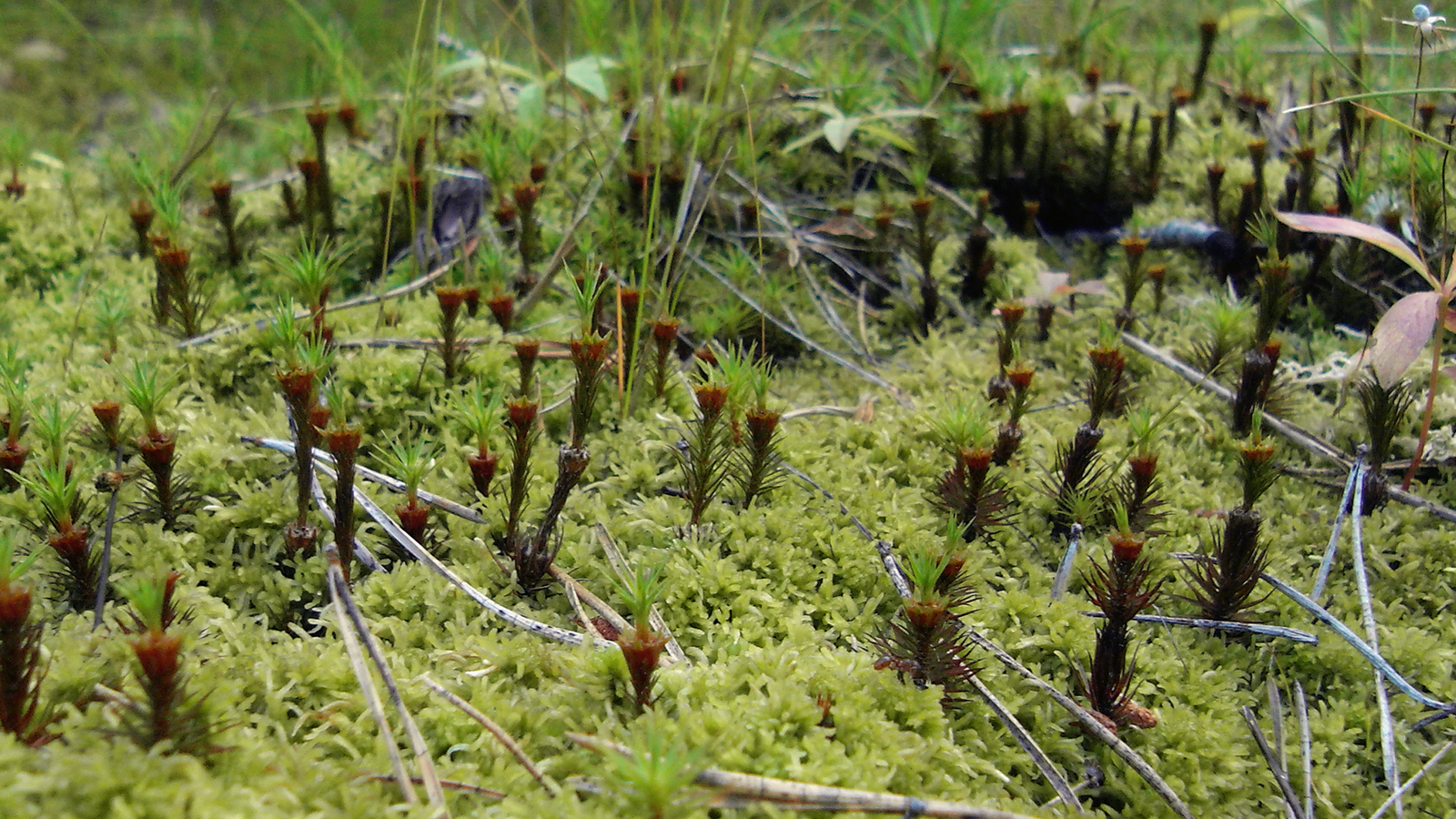
Sphagnum moss is the quiet architect of Irish bogs. These mosses act like vast sponges, soaking up rain and slowly building thick layers of peat over centuries. Sphagnum creates the acidic, waterlogged soil that so many endemic wetland plants need. Without this moss, the entire ecosystem would collapse. Its ability to store carbon also makes it a secret weapon in the fight against climate change—preserving sphagnum is good for plants and people alike.
Why Wetlands Were Lost—and Why They Matter
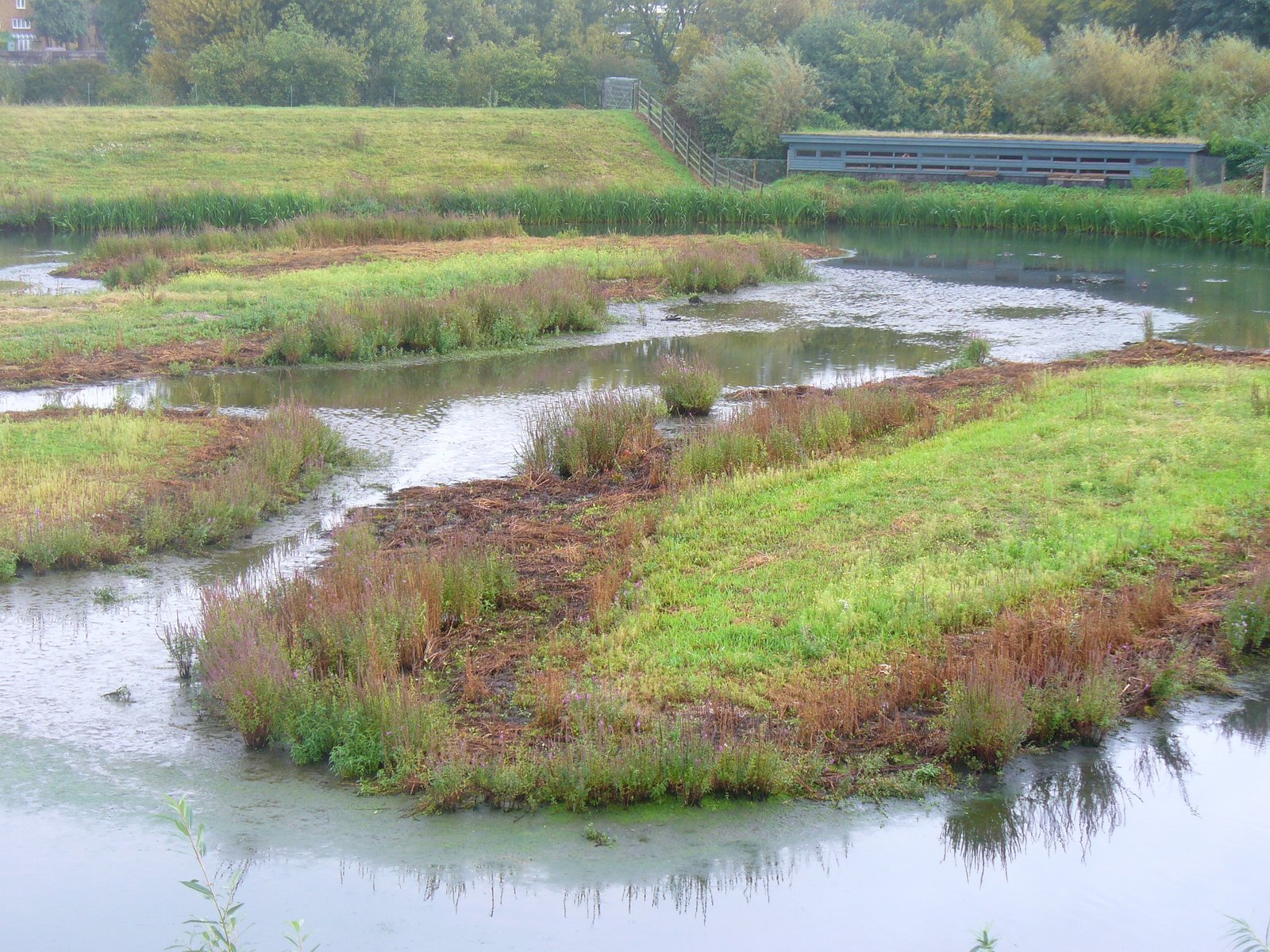
For generations, Irish wetlands were seen as obstacles to progress—drained for farmland, cut for peat, or simply built over. This loss has been staggering: nearly 80% of Ireland’s original wetlands have vanished. Yet these places are vital, providing clean water, flood protection, and unique habitats for countless plants and animals. Wetlands are also woven into Irish culture and folklore, making their restoration a matter of heritage as well as ecology.
Restoration in Action: Bringing Bogs Back to Life
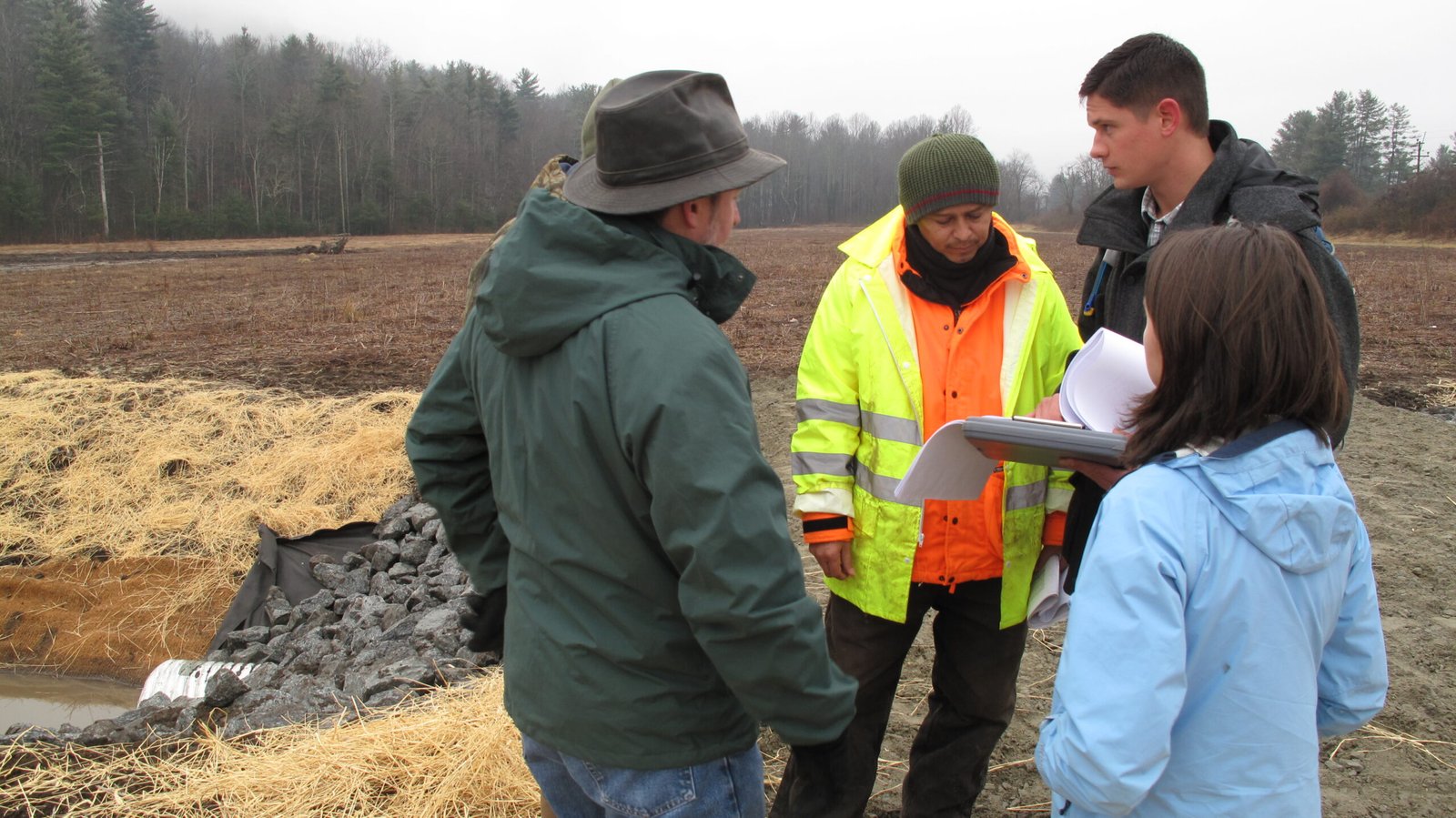
Across Ireland, communities and scientists are working hand in hand to restore degraded bogs and marshes. This often means blocking drainage channels, replanting native species, and patiently waiting for sphagnum moss and wetland plants to return. Restored wetlands quickly become havens for butterflies, frogs, and birds—and for the rare endemic plants that depend on them. These projects show that, with care and persistence, it’s possible to reverse decades of damage.
Citizen Science: How Everyone Can Help
Ordinary people are playing a huge role in mapping, monitoring, and protecting Ireland’s wetlands. Through citizen science programs, volunteers track rare plants, record wildlife sightings, and help spread the word about why these habitats matter. Even small acts—like avoiding peat-based compost or visiting local bog reserves—can make a difference. When people feel connected to their wild places, they become powerful advocates for change.
Climate Change and the Future of Wetland Plants
Climate change is both a threat and an opportunity for Ireland’s wetland plants. Rising temperatures and shifting rainfall patterns could put more pressure on already fragile habitats. But healthy bogs also act as massive carbon sinks, locking away greenhouse gases and helping to buffer the effects of climate change. By restoring and protecting wetlands, Ireland can safeguard its unique plants while also helping to heal the planet.
A Tapestry of Life and Legacy

Ireland’s endemic wetland plants form a living tapestry—a weave of color, form, and resilience that tells the story of a land shaped by water and time. Their survival depends not just on scientists and conservationists but on everyone who values beauty, diversity, and the wild heart of nature. Reclaiming Ireland’s wetlands isn’t just about saving plants—it’s about restoring a sense of wonder and connection to the natural world. What would Ireland be without its bog cotton flags, sundew traps, and mossy carpets—can we imagine a future where these wonders are lost, or will we choose to let them bloom again?


